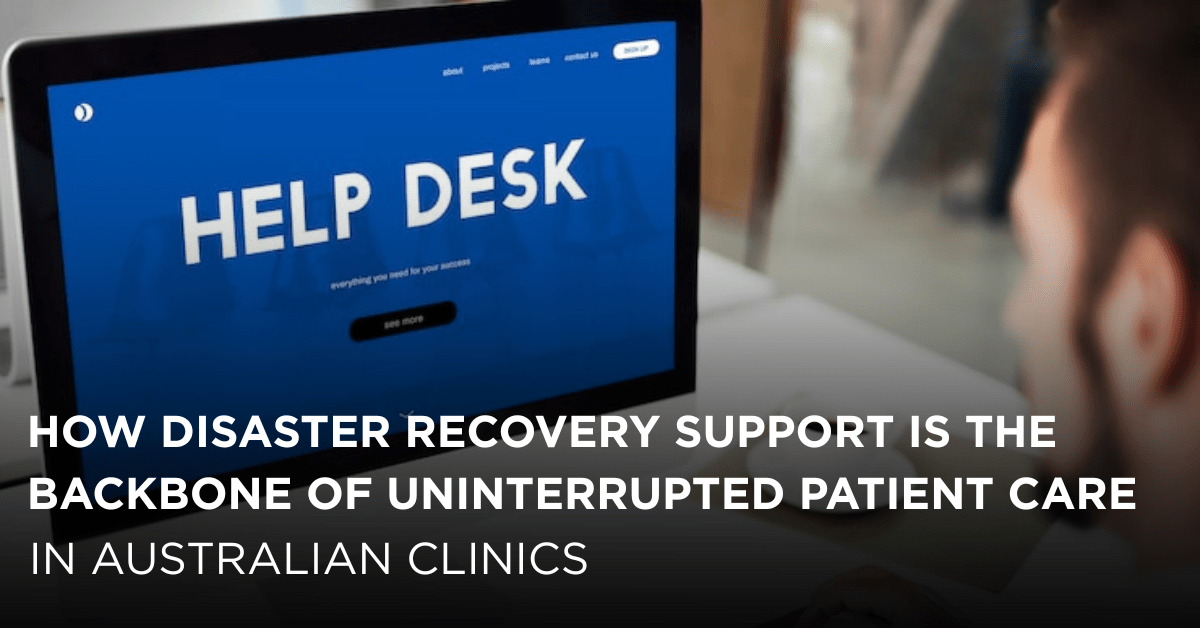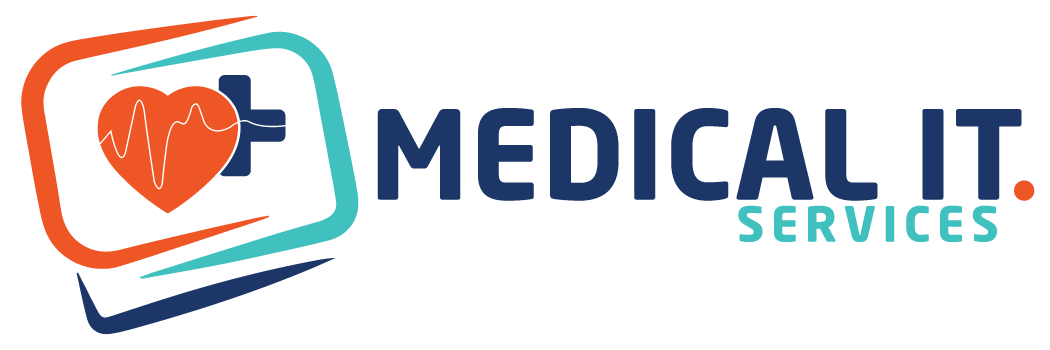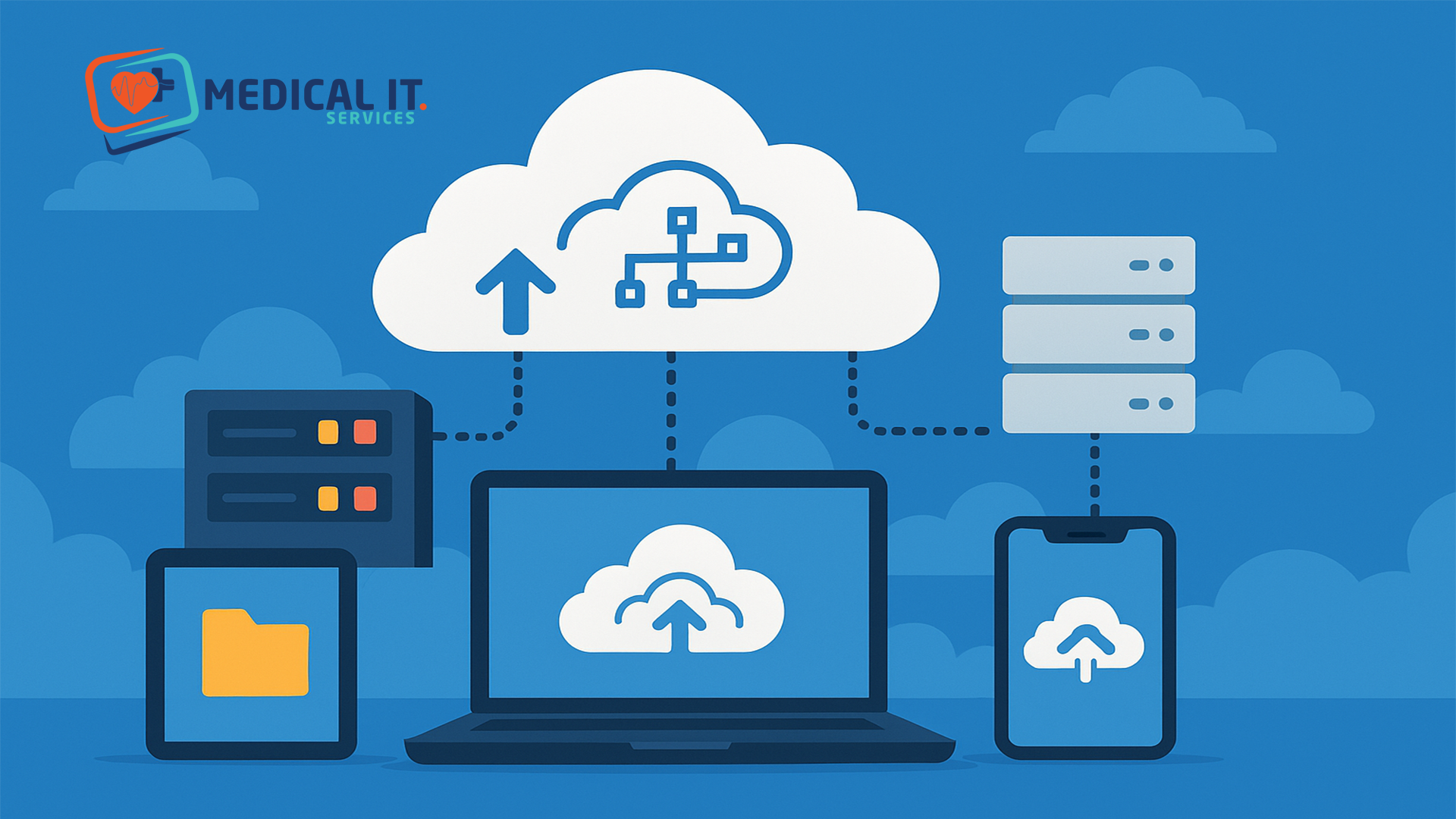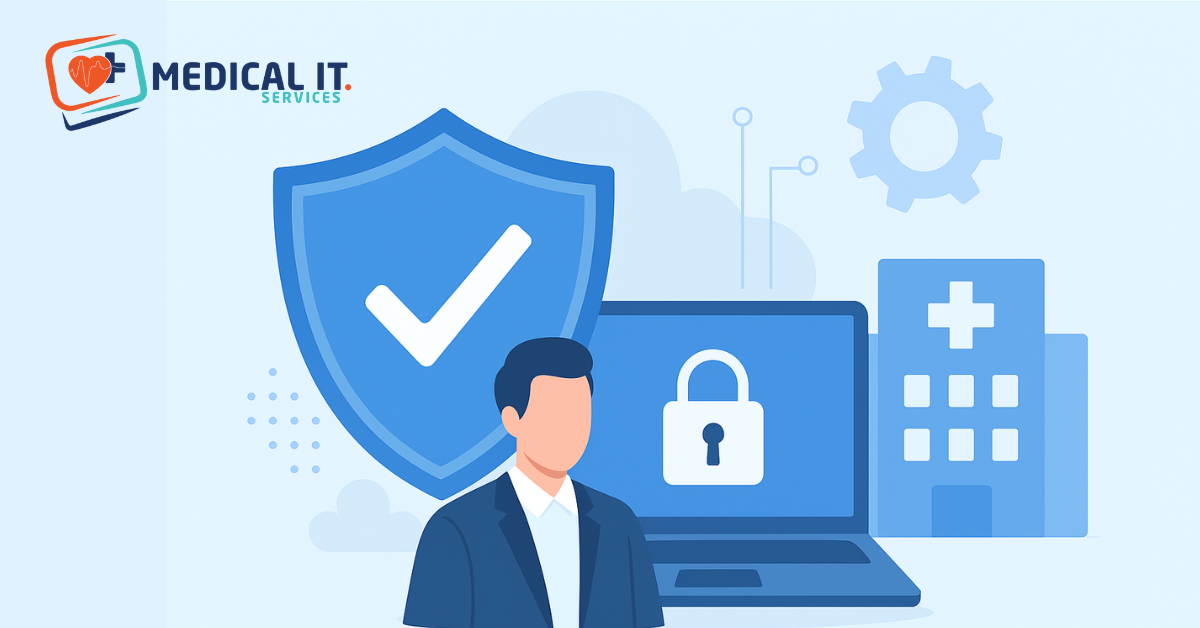What is cloud hosting? Cloud hosting is a service that provides storage, computing power, and…

How Disaster Recovery Support is the Backbone of Uninterrupted Patient Care in Australian Clinics
In the heart of every Australian community, from bustling city centers to remote outback towns, medical clinics stand as beacons of health and hope. They are the first point of contact for millions, managing everything from routine check-ups to critical health concerns. However, what happens when disaster strikes? Bushfires rage through Victoria, floods inundate Queensland, or a sudden cyberattack cripples a clinic’s essential systems. In these moments of crisis, the ability to maintain patient care does not rely on luck; it hinges on a robust, pre-emptive strategy: professional Disaster Recovery Support.
For Australian clinics, disaster recovery solutions are not a luxury IT project; they are a fundamental component of modern healthcare delivery. This specialized form of disaster recovery services ensures that when the unexpected happens, patient records remain secure, appointments can be managed, and critical healthcare services continue with minimal disruption. This article examines how investing in expert disaster solutions nationwide enables clinics to protect their most valuable asset, patient trust.
Understanding the Unique Vulnerabilities of Australian Clinics
Australia’s vast and diverse landscape presents a unique set of challenges for healthcare providers. The very nature of these threats makes generic backup plans insufficient.
- Natural Disasters: Australia is pretty used to wild weather. From bushfires and floods to cyclones and extreme storms, these events can significantly disrupt hospitals and clinics, cause prolonged power outages, and sometimes necessitate evacuations. A clinic in a fire-prone area needs a plan that accounts for potential rapid departure and remote operation.
- Cyber Threats: The healthcare industry is a prime target for hackers. Ransomware attacks can cause significant chaos by locking up a clinic’s data and then demanding a ransom to regain access. When crucial information, such as patient histories, prescription details, and appointment lists, is out of reach, it’s as if clinicians are flying blind. That’s why having a solid disaster recovery plan for IT is crucial for maintaining security in the medical field.
- Technical Failures: Not every disaster has to be a big deal. A simple server failure, a corrupted database, or a major hardware malfunction can be just as catastrophic as a significant disruption to daily operations. These incidents highlight the need for reliable disaster recovery solutions that go beyond basic external hard drives.
- Compliance Obligations: In Australia, clinics must follow pretty strict privacy laws, like the Privacy Act 1988 and the My Health Records Act 2012. These rules ensure that patient information remains safe and confidential. A data breach or loss due to inadequate disaster planning is not just an operational issue; it is a legal and reputational catastrophe.
The Pillars of Effective Disaster Recovery Support for Healthcare
Adequate disaster recovery support for medical practice is all about having a solid plan that covers technology, processes, and people. It’s an easy way to make sure everything runs smoothly, even when things get a little messy.
Comprehensive Data Backup and Immutable Storage
The foundation of any recovery plan is all about the data. Patient records, including medical histories, imaging results, laboratory test results, and billing information, are crucial for maintaining a clinic’s smooth operation. Professional services disaster recovery provides:
- The 3-2-1 Rule: It’s a good idea to keep at least three copies of your data, using two different types of storage, with one copy kept off-site and not connected to the internet. This way, you’re covered if something happens nearby, like a fire or a thief.
- Immutable Backups: To protect against ransomware, it’s super important to have backups that can’t be changed or deleted for a certain amount of time. Even if hackers infiltrate the leading network, they cannot encrypt or destroy these backup copies, ensuring a clean, restorable version of your data exists.
- Frequent and Automated Backups: Backups should happen regularly, ideally a few times each day, to cut down on the chances of losing your data. Additionally, they must be automated to decrease human error risks.
Robust IT Infrastructure and Failover Systems
The focus of IT disaster recovery is ensuring that clinic applications remain accessible.
- Virtualization: By running clinic management software (like Medical Director or Best Practice) on virtualized servers, the entire “clinic environment” can be quickly moved from a failed physical server to a healthy one, often with only minutes of downtime.
- Cloud-Based Failover: Many modern disaster recovery services leverage the cloud. In the event of a disaster at the primary clinic, all systems can fail over to a cloud environment. Staff can then access patient records and software from any secure internet connection, enabling them to operate from a temporary location or even from home.
- Remote Accessibility: A good plan ensures that clinicians and staff have secure, encrypted access to the systems they need, regardless of their physical location. This is crucial for maintaining continuity during evacuations or lockdowns.
A Clear, Practiced Recovery Plan
Technology is useless without a plan for its use. Disaster Recovery Support includes developing and documenting a clear, step-by-step plan that answers:
- Who declares a disaster and activates the plan?
- What are the steps to recover systems and data (Recovery Time Objective – RTO)?
- How current will the recovered data be (Recovery Point Objective – RPO)?
- How will we communicate with staff, patients, and other healthcare providers during the outage?
Crucially, this plan must be tested regularly. A simulated disaster drill reveals flaws and ensures everyone knows their role, turning panic into a coordinated response.
The Direct Impact on Patient Care
The advantages of investing in professional disaster solutions go beyond merely repairing computers at Australian clinics. The actual value lies in enhancing patient outcomes.
- Continuity of Treatment: In long-lasting conditions of patients like diabetes, heart disease, or mental health needs, continuity of access to their medical history and regular consultations is essential. A disaster recovery plan ensures that the treatment plan continues without interruptions, preventing dangerous gaps in care.
- Medication Safety: It is necessary to keep the records of the patient for the proper prescribing of medications. Understanding allergies, current medications, and pre-existing conditions is essential, as it helps prevent drug interactions and medical errors.
- Maintaining Trust and Confidence: If a clinic or hospital can quickly recover from a disaster and have good communication with its patients, it builds a high level of trust. That provides a sense of feeling to patients, ensuring their sensitive information is protected. And that their healthcare provider is resilient and dependable, even in times of crisis.
- Financial and Operational Stability: In many businesses, even short periods of inactivity can have a destructive impact on income. It is essential to stay proactive to maintain financial stability. Minimizing downtime is critical to a business’s success. It leads to lost appointments, extra manual work, and possible fines. This can hurt a clinic’s finances. A solid recovery plan really helps minimize losses, allowing the clinic to dedicate more time and energy to what matters most: caring for patients!
Choosing the Right Partner for Disaster Solutions in Australia
The quality of IT service providers can vary widely. Not all of them provide the same level of service! When seeking disaster recovery services, clinics should choose a provider with specialized expertise in the Australian healthcare sector. Key considerations include:
- Healthcare Experience: Do they understand the clinical software environment and the privacy requirements involved?
- Proven Technology: Are they providing advanced technology and automated solutions that include immutable storage and cloud backup?
- Local Support: In all these crises, you need assistance from someone who answers the phone calls. A provider with local Australian support staff provides peace of mind.
- Clear Documentation and Testing: A reliable partner will assist you in developing, documenting, and consistently testing your recovery plan.
Conclusion
For Australian clinics, preparing for disaster is no longer optional. The increasing frequency of climate-related events and the sophistication of cyber threats make it a critical imperative. Disaster Recovery Support is the necessary framework that enables healthcare providers to navigate challenges effectively.
Investing in strong support systems goes beyond just being financially wise; it sends a clear message about a clinic’s values. The actual benefits are evident in the well-being of patients who receive uninterrupted treatment, the valuable time saved for staff who can concentrate on providing care instead of dealing with chaos, and the deep, lasting trust established with a community that knows it can depend on its clinic through any crisis—be it flood, fire, or failure. This proactive commitment not only protects data but also strengthens the core of the practice, solidifying its reputation as a reliable and steadfast guardian of community health for every Australian who walks through its doors.



